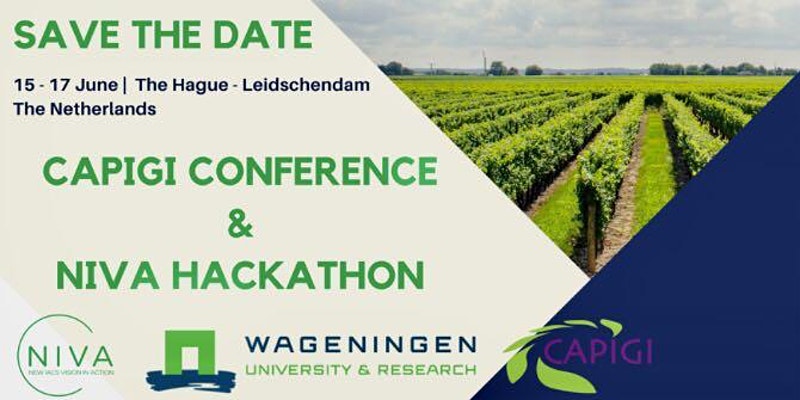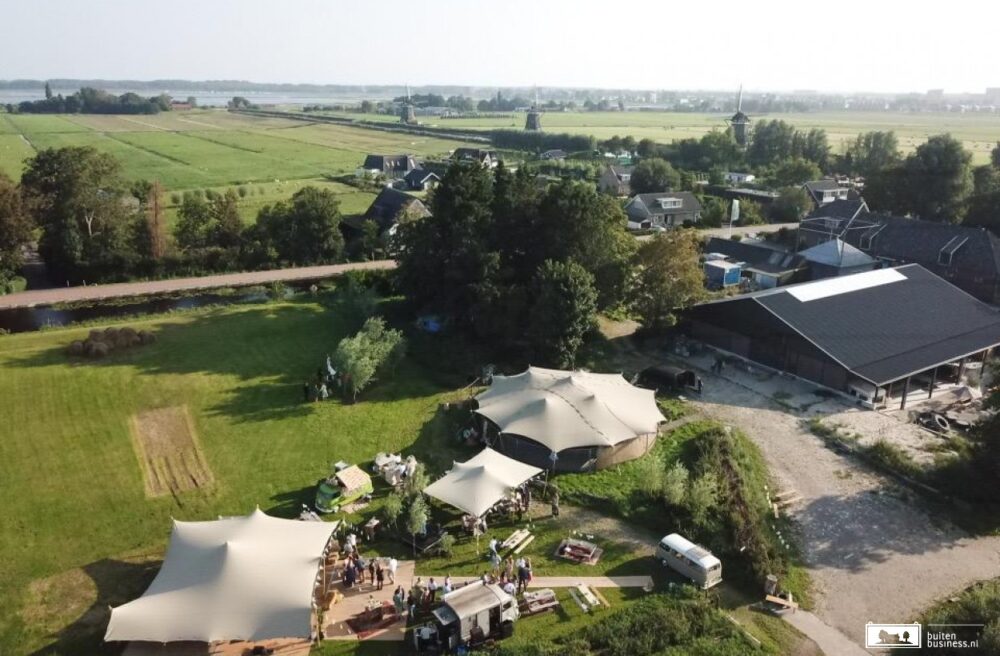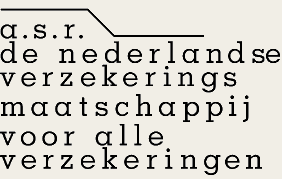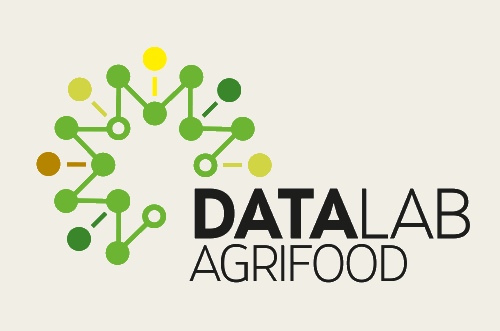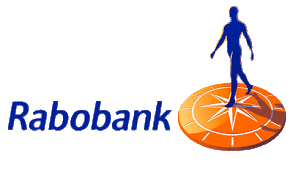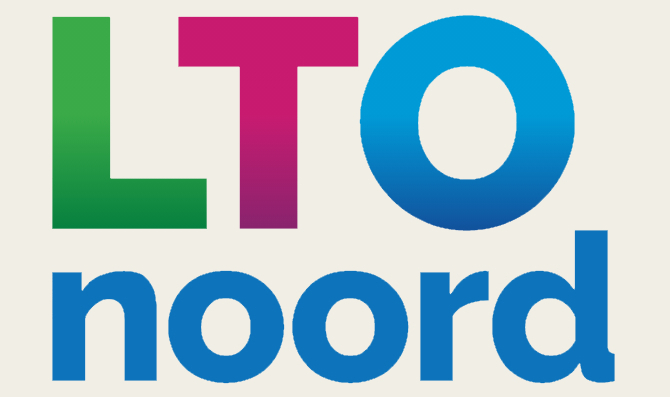Aanmelden tot
Apply until
14 juni
Datum
Date
16 & 17 juni 2022
Prijs:
Event fee:
gratis deelname
Plekken vrij:
Places left:
20
tijd tot sluiting aanmelding
countdown
Activiteitsdetails
Event details
Aanmelden tot:
Register until:
14 juni
Datum:
Date:
16 & 17 juni 2022
Prijs:
Event fee:
gratis deelname
Voor wie:
For whom?
Highly motivated creative people that want to support farmers with innovative data driven solutions and are looking for challenging learning opportunities. Participants should either have domain knowledge and/or data/IT skills.
Plekken vrij:
Places left:
20
Locatie:
Location:
Buitenplaats Molenwei
Stompwijkseweg 27
2266 GC Leidschendam-Voorburg


